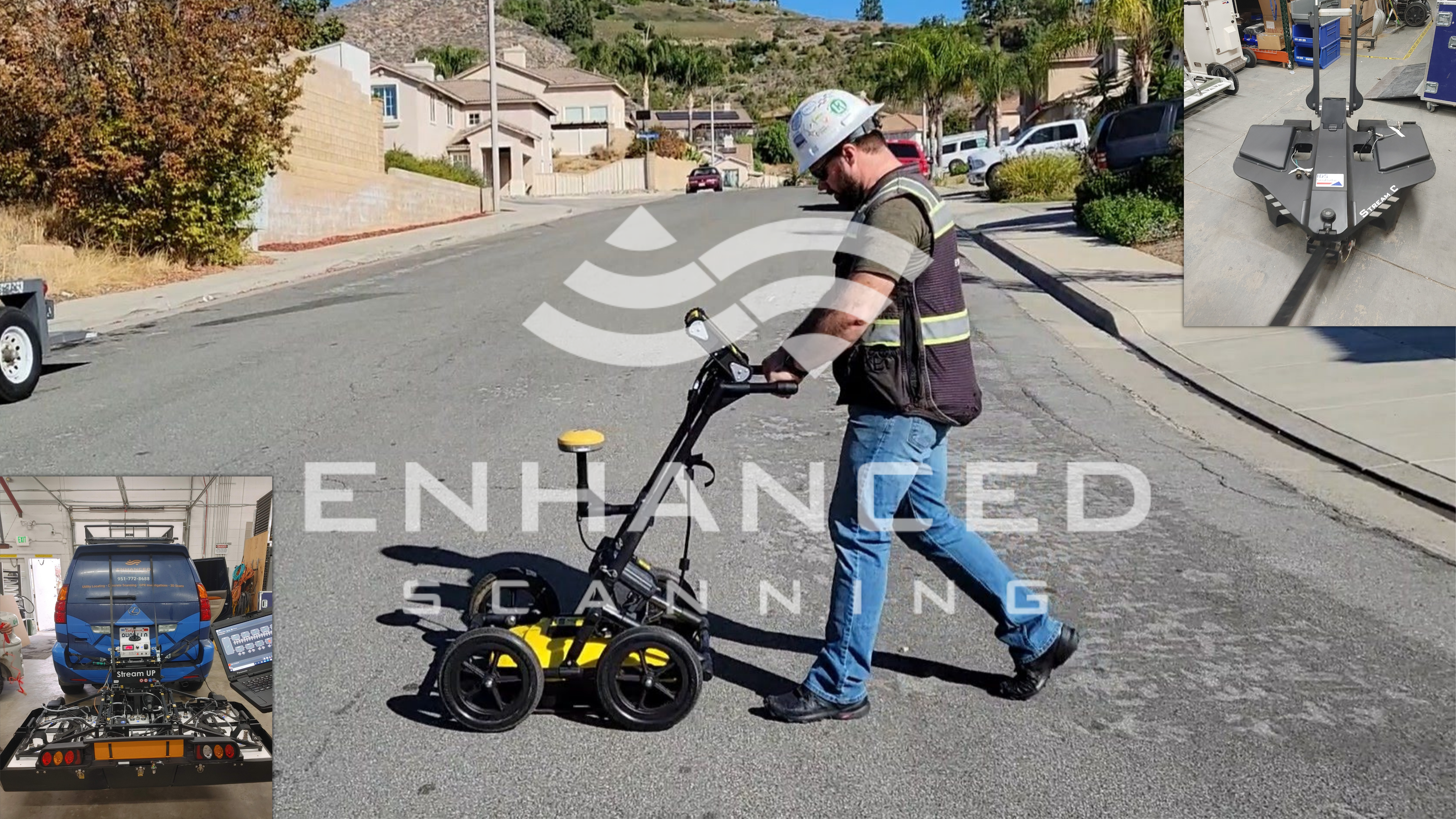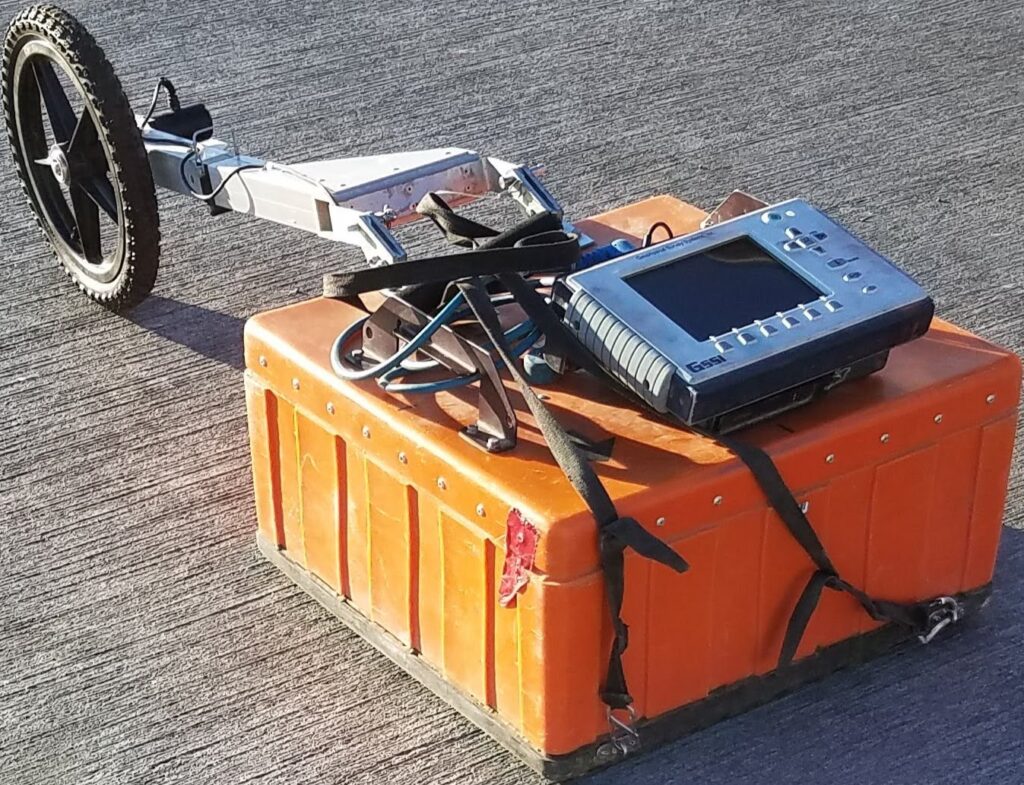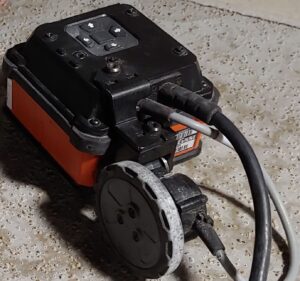 Choosing the right GPR antenna might sound simple, but there’s more to it than meets the eye. You have to know what you need. Otherwise, you could spend a lot of money on a tool that doesn’t work well for what you’re trying to do.
Choosing the right GPR antenna might sound simple, but there’s more to it than meets the eye. You have to know what you need. Otherwise, you could spend a lot of money on a tool that doesn’t work well for what you’re trying to do.
Think of it this way. There are thousands of artists in the world, but painters don’t necessarily use the same tools as sculptors. Sure, they both use brushes, but they’re very different types of brushes with very distinct applications.
It’s the same with ground penetrating radar equipment. GPR is like an art form, where masters of specific fields don’t have the same knowledge or equipment needs as those in other fields.
Some technicians use GPR for archaeology, while others use it for utility locating. But generally, the expert in archaeology isn’t a master at utilities — and vice versa. This means they use their GPR equipment very differently and often require different tools.
So, how do you know which GPR antenna is right for you? While we aren’t experts in GPR antennas, we have used our fair share of GPR equipment for various applications. Hopefully, our experience can save you some time and research when searching for the right GPR antenna.
Note that we’re specifically chatting about walk-behind, low-frequency push antennas in this article.
How to Choose the Best GPR Antenna for You
To choose the best GPR antenna for your application, it’s important to consider the following things.
Environmental and Geographic Considerations
- Environmental and Surface Conditions: If you’re using your GPR antenna in an urban environment with very little inclement weather, like Los Angeles, your needs are much different than someone who works in rural Alaska, where there are fewer paved surfaces and plenty of inclement weather and snow.
- Water Intrusion: Consider the amount of rain, hail, and snow in your area. It’s not just water, either. The amount of sand in your location is also a critical factor. Check the IP level and choose a GPR antenna that can handle your location’s water or sand levels.
- Wheel Size: In a push antenna, smaller wheels work well on hard surfaces, but they don’t work as well on rough gravel or long grass. So, choose your wheels accordingly.

Ease of Use Considerations
- Weight of Antenna: The weight of the antenna matters a great deal, too. Consider the type of vehicle you have. For example, if you have a ramp to roll the GPR equipment out of your vehicle, you might get away with a heavier model than if you just have a pickup truck that requires you to put it on the ground manually. Talk about lower back injuries!
- Average Area Size of Jobs: Are you often scanning areas that are 100 meters by 100 meters? Or are your areas more like 5 meters by 5 meters? Are you doing grid scans or line scans? If you’re doing grid scans on 1-meter centers in 100-meter square areas, then you’re going to be spending hours and hours over multiple days pushing the cart back and forth. So, it’s essential to consider how easy it is to maneuver. Think about wheel size and weight and look for a scanner that won’t be too exhausting to use on these large-scale projects.
- Design of the Antenna Handle: There’s a significant difference between a GPR antenna with a nice, ergonomic handlebar and one with a generic plastic or metal tube. Some GPR equipment feels like they put all the research and development into the antenna tech, but the handle was an afterthought. This can make the antenna quite uncomfortable to maneuver, making a long day feel longer.
- The Angle of the Handlebar: If the angle of the GPR antenna handle juts up at a 90-degree angle, it’s going to be extremely uncomfortable to push in some situations. At that angle, when you do push it, the antenna will tend to bury its nose into the grass. This extra resistance will wear you out, and the chances of accidentally breaking the handle could be high. Fortunately, nearly all GPR manufacturers take this into account and design handles with some kind of angled design. Even better, some antennas are designed with an adjustable handle angle, making it more adaptable to your different jobs and needs.
- Will Different Operators Be Using the GPR Antenna? If so, you might consider a telescoping handle, which adjusts to the height of the GPR professional. This way, people of different heights can operate the ground penetrating radar equipment comfortably. This is also important if the main operator of the equipment is a little taller or shorter than average.
- The Tablet and Processing Unit: There’s a huge variation in GPR tablets and processing units. From large, heavy, and complex to simple, basic, and light. Consider what types of operating systems you’re comfortable with and make sure the antenna is compatible. Also, consider what type of processing system you will, or will not, need to have connected to your GPR antenna.
Quality Standard Considerations
- Durability: Durability is a huge consideration. You want a system that can endure the wear and tear of regular use. How much durability you need will depend on the ruggedness of your usual jobs. For instance, wind farms are some of the most rugged situations we’ve ever encountered because there are no flat planes more than 4 or 5 inches long, and you’re constantly traversing an uneven surface. On the other hand, if you only conduct GPR scanning on hard surfaces, durability won’t be as big of a concern.
- Availability of Parts: If you use your GPR antenna with any regularity, at some point, something will break. Can you obtain the parts at a local hardware store, or will you need to purchase them from the manufacturer? Are the parts shipped domestically or internationally? (This is important because if they’re shipped from out of the country, there’s a chance they could get stuck in customs.) Are the parts in stock, or are they special order only? The batteries are an especially important consideration because, in a worst-case scenario, you can MacGyver a lot of parts for a short-term, temporary fix, but you can’t do that with batteries. (Pro Tip: We like to ask the manufacturers directly which parts break down first. Then, if getting a new part is going to be a challenge, we’ll purchase backup parts to have on hand.)
- Support: Find out what type of support the manufacturer offers. Sometimes the manufacturer offers direct support, but in other cases, a distributor will offer that support. Sometimes both the manufacturer and distributor offer support. Either way, you’ll need to know who to contact if you need to troubleshoot an issue or get technical support – especially if you’re new to GPR.

Even the Best Equipment Needs a Skilled Operator
Before you grab the first ground penetrating radar antenna for sale that you see, it’s essential to consider your unique needs carefully.
Enhanced Scanning does not represent any GPR manufacturer. In our fleet of tools, we have numerous manufacturers represented. We wrote this post as a direct response to questions that we’ve received many times. Our opinions are based on our experience. Others with more and/or different experience may come to different conclusions, which is just fine.
If you’re a peer in the industry, we hope that you’ve found our perspective interesting (or, perhaps, entertaining). We love discussing this topic. Reach out if you’d like to discuss, question, or even debate these points.
If you’re a customer looking for a GPR professional, you can rest easy knowing we have broad experience in GPR antennas and have invested in the best equipment for our customers’ jobs. Get in touch today.